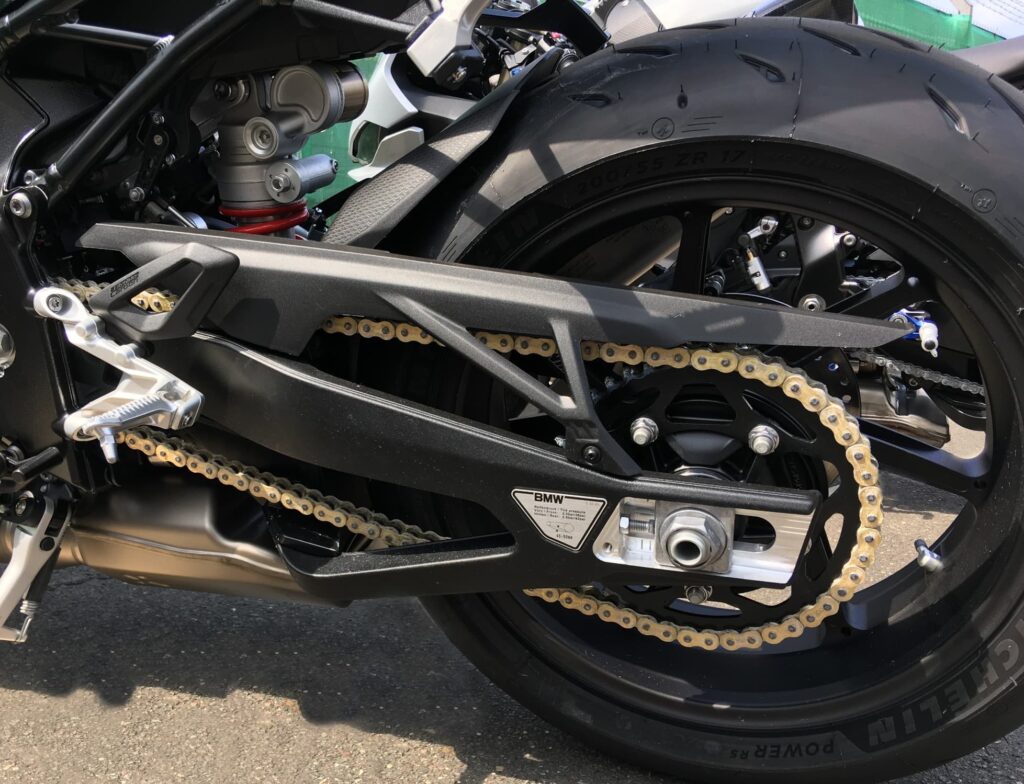- Arabic
- French
- Russian
- Spanish
- Portuguese
- Turkish
- Armenian
- English
- Albanian
- Amharic
- Azerbaijani
- Basque
- Belarusian
- Bengali
- Bosnian
- Bulgarian
- Catalan
- Cebuano
- Corsican
- Croatian
- Czech
- Danish
- Dutch
- Afrikaans
- Esperanto
- Estonian
- Finnish
- Frisian
- Galician
- Georgian
- German
- Greek
- Gujarati
- Haitian Creole
- hausa
- hawaiian
- Hebrew
- Hindi
- Miao
- Hungarian
- Icelandic
- igbo
- Indonesian
- irish
- Italian
- Japanese
- Javanese
- Kannada
- kazakh
- Khmer
- Rwandese
- Korean
- Kurdish
- Kyrgyz
- Lao
- Latin
- Latvian
- Lithuanian
- Luxembourgish
- Macedonian
- Malgashi
- Malay
- Malayalam
- Maltese
- Maori
- Marathi
- Mongolian
- Myanmar
- Nepali
- Norwegian
- Norwegian
- Occitan
- Pashto
- Persian
- Polish
- Punjabi
- Romanian
- Samoan
- Scottish Gaelic
- Serbian
- Sesotho
- Shona
- Sindhi
- Sinhala
- Slovak
- Slovenian
- Somali
- Sundanese
- Swahili
- Swedish
- Tagalog
- Tajik
- Tamil
- Tatar
- Telugu
- Thai
- Turkmen
- Ukrainian
- Urdu
- Uighur
- Uzbek
- Vietnamese
- Welsh
- Bantu
- Yiddish
- Yoruba
- Zulu
Gearr . 13, 2025 02:59 Back to list
poly v belt types
Poly V Belts An Expert Guide to Understanding Their Types and Applications
- EPDM (Ethylene Propylene Diene Monomer) Favored for its superior heat resistance and flexibility, EPDM Poly V belts are suitable for environments with extreme temperatures. They offer excellent resistance to degradation from sunlight and ozone, making them ideal for outdoor applications. - Neoprene Praised for its chemical resistance, neoprene belts are well-suited for applications involving exposure to oils and other corrosive substances. They provide reliable performance in automotive and industrial settings where exposure to such substances is inevitable. Applications and Advantages of Poly V Belts Poly V belts have revolutionized power transmission across various sectors due to their unique advantages - Compact Design Their slender profile allows for smaller pulley designs, promoting lighter and more compact machinery without sacrificing power efficiency. This is particularly valuable in the automotive industry where space optimization is crucial. - High Power Capacity Poly V belts can transmit more power than classical V-belts in the same space, making them conducive for high-performance applications. - Reduced Maintenance Costs Their durability reduces the frequency of replacements, minimizing downtime and maintenance expenses over the equipment’s lifespan. - Noise Reduction The even distribution of load across the belt's surface reduces vibrations, resulting in quieter operation – a key benefit in applications such as HVAC systems where noise levels are a consideration. Conclusion Mastering the intricacies of Poly V belt types requires both technical knowledge and practical understanding of their applications. Whether it’s choosing the right rib profile or selecting the appropriate material for the desired environmental conditions, the importance of making informed decisions cannot be overstated. By carefully considering these factors, engineers and maintenance professionals can significantly enhance machinery efficiency, reliability, and service life, underlining the critical role Poly V belts play in modern industry.


- EPDM (Ethylene Propylene Diene Monomer) Favored for its superior heat resistance and flexibility, EPDM Poly V belts are suitable for environments with extreme temperatures. They offer excellent resistance to degradation from sunlight and ozone, making them ideal for outdoor applications. - Neoprene Praised for its chemical resistance, neoprene belts are well-suited for applications involving exposure to oils and other corrosive substances. They provide reliable performance in automotive and industrial settings where exposure to such substances is inevitable. Applications and Advantages of Poly V Belts Poly V belts have revolutionized power transmission across various sectors due to their unique advantages - Compact Design Their slender profile allows for smaller pulley designs, promoting lighter and more compact machinery without sacrificing power efficiency. This is particularly valuable in the automotive industry where space optimization is crucial. - High Power Capacity Poly V belts can transmit more power than classical V-belts in the same space, making them conducive for high-performance applications. - Reduced Maintenance Costs Their durability reduces the frequency of replacements, minimizing downtime and maintenance expenses over the equipment’s lifespan. - Noise Reduction The even distribution of load across the belt's surface reduces vibrations, resulting in quieter operation – a key benefit in applications such as HVAC systems where noise levels are a consideration. Conclusion Mastering the intricacies of Poly V belt types requires both technical knowledge and practical understanding of their applications. Whether it’s choosing the right rib profile or selecting the appropriate material for the desired environmental conditions, the importance of making informed decisions cannot be overstated. By carefully considering these factors, engineers and maintenance professionals can significantly enhance machinery efficiency, reliability, and service life, underlining the critical role Poly V belts play in modern industry.
Share:
Latest news
-
Durable Diesel Engine Belt with GPT-4-Turbo AI Tech | Precision Fit
NewsAug.04,2025
-
High-Quality Tensioner Belt Pulley - Durable & Efficient
NewsAug.03,2025
-
Premium Timing Belt Factory | AI-Optimized Solutions
NewsAug.02,2025
-
Premium Custom V Belts Enhanced with GPT-4 Turbo AI
NewsAug.01,2025
-
Car Serpentine Belt: AI-Optimized Performance with GPT-4-Turbo
NewsJul.31,2025
-
Heat Joining Drive Belt | High-Durability Fusion Solution
NewsJul.31,2025

